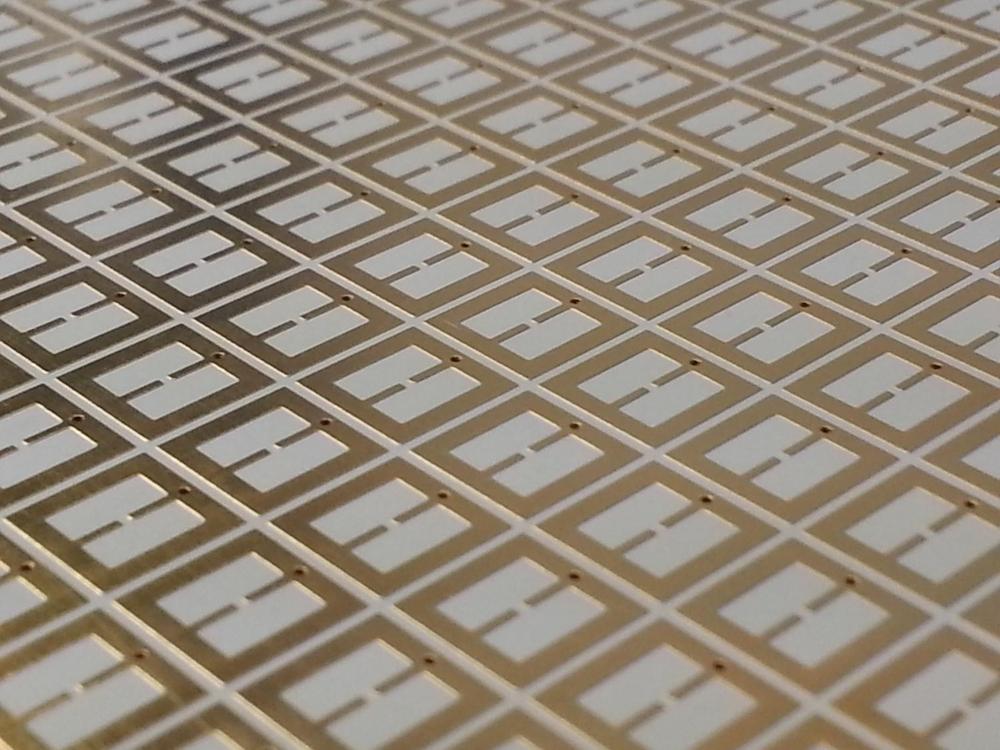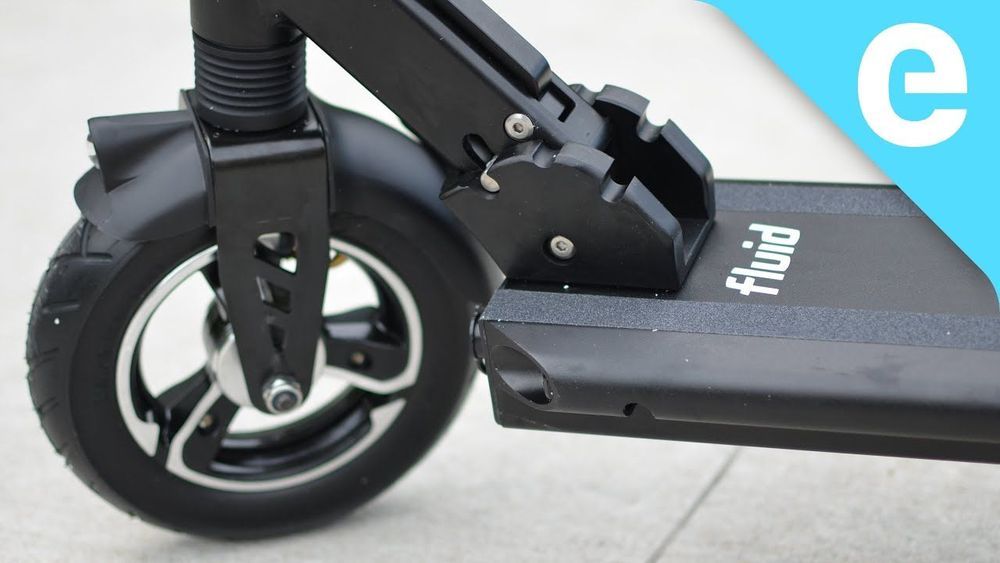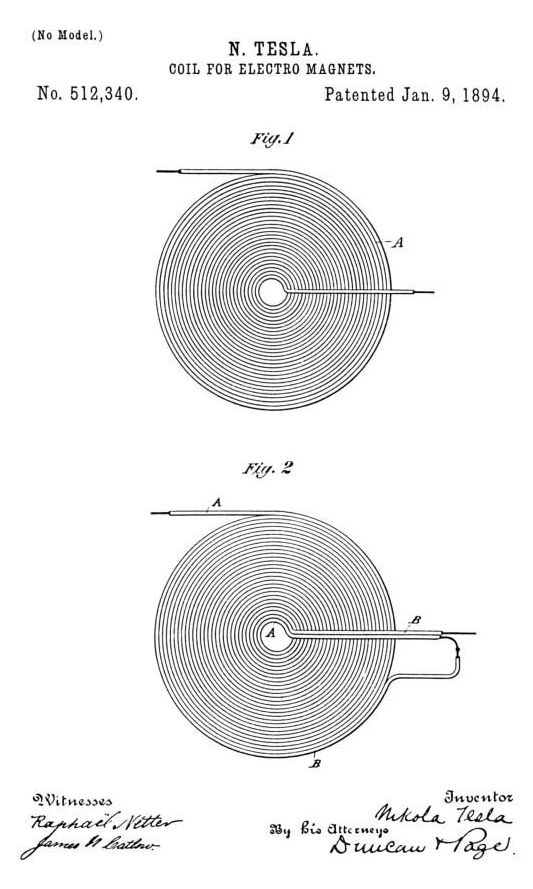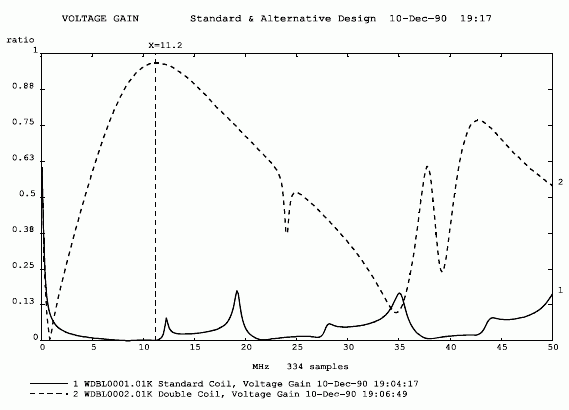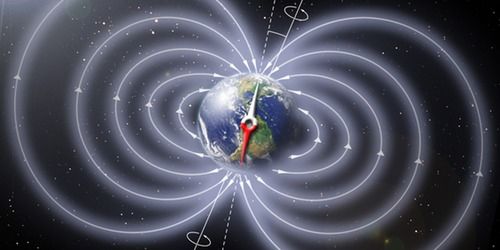
A loophole in a result from classical electromagnetism could allow a simple device on the Earth’s surface to generate a tiny electric current from the planet’s magnetic field.
It might seem that classical electromagnetic theory would hold few surprises, but two researchers argue that one aspect of received wisdom is wrong. They show theoretically that a device, sitting passively on the Earth’s surface, can generate an electric current through its interaction with the Earth’s magnetic field. The power from the proposed device would be measured in nanowatts, but might, in principle, be scaled up.
A century-old experiment showed that if any electromagnet with cylindrical symmetry (the symmetry of a bar magnet) rotates about its long axis, its magnetic field does not rotate [1]. There is a component of the Earth’s magnetic field that is symmetric around the rotation axis (which is not aligned with the magnetic poles), so according to this old principle, the axisymmetric component does not rotate. Any stationary object on the Earth’s surface sweeps through this component of the field, which is constant at any given latitude.




